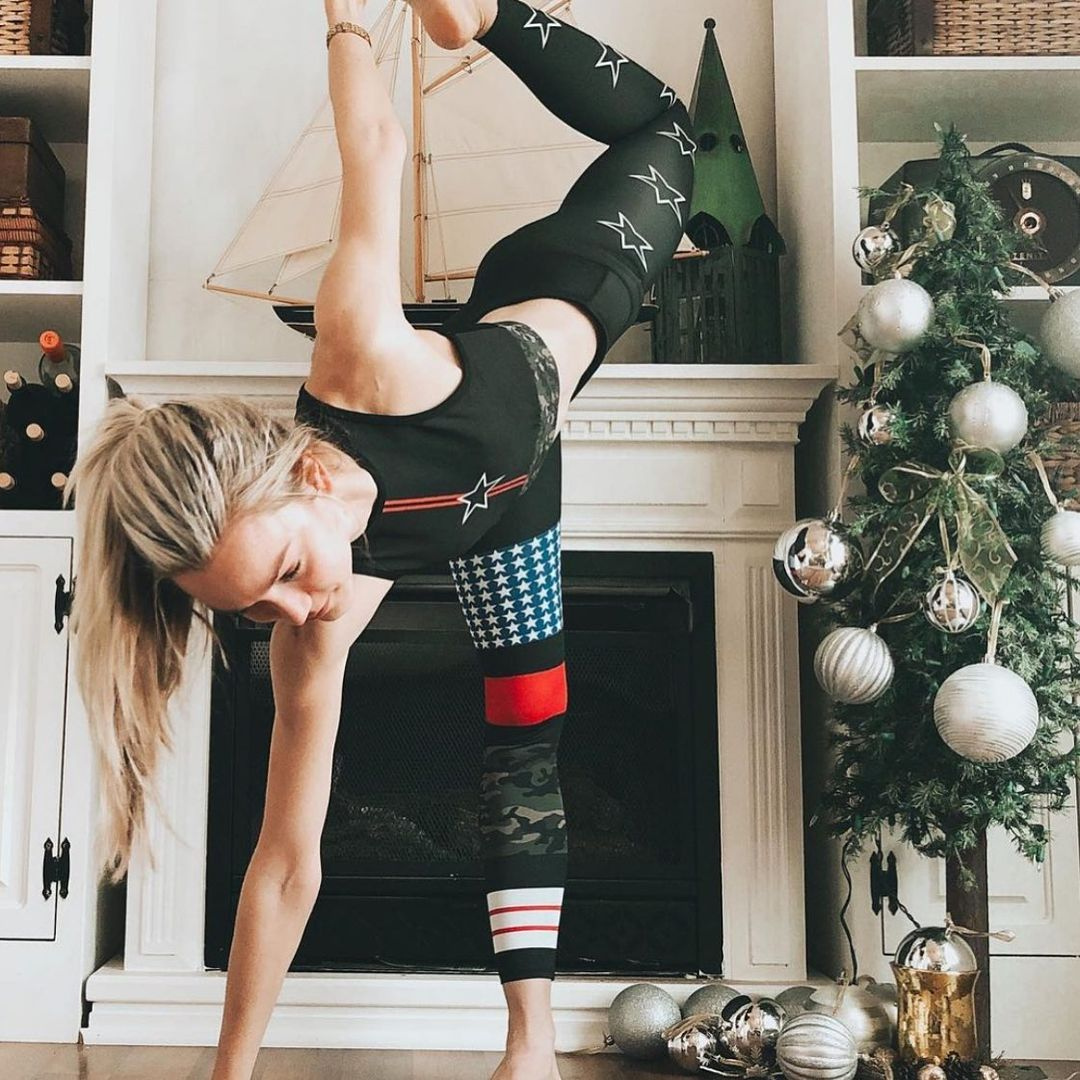
Tips on Dressing for Outdoor Winter Workouts
During the heat of the summer, your workout gear is chosen primarily by its ability to keep you cool. In the winter, you have to consider your body temperature when the outside temps are hovering near freezing. It’s important to walk the fine line between keeping you warm enough to be safe outside when it's super cold and not overheating your body. Here are a few tips to help keep you safe while you workout outdoors this winter:
How to Dress for Winter Workouts
Check the Weather Report
Before considering if you need thick yoga pants or other types of fitness apparel as you workout outside, when temperatures are close to freezing and there is snow or ice on the ground, you should check the weather report before heading outdoors. Even if you have the warmest cute activewear, if the wind chill makes the temperature feel below zero, it’s not safe to workout outside, no matter what you wear.
Layer Up
Layers are key to dressing safely for outdoor workouts in the winter. Ideally, aim for an outer layer that will repel both precipitation and wind. Your inner layers provide additional warmth. You can add accessories like gloves or a hat that can then be removed as your body heats up or can be added back if the temperature drops during your workout.
Avoid Wearing Cotton Next To Skin
While cotton is comfy, it is not ideal if your body is sweating. This is because it actually captures the moisture, trapping the wetness right next to your body. This will cause your body to lose heat four times faster than if it were dry. Make sure your fitness apparel is made with wicking material.
Be Careful Not to Overdress
When it's cold outside, it can be tempting to just pile on the layers of clothing. After all, we just recommended you layer your clothing. However, it’s important to avoid going overboard. Remember, if you cause your body to sweat unnecessarily due to heavy layers, it will actually lead to heat loss within your body’s core. So, ideally, you want to aim for as few layers as possible, in the lightest materials possible, and remove excess layers when you feel your body warming up.
Don’t Forget the Extremities
When it comes to frostbite, your extremities are the most vulnerable. Therefore, before heading outside to workout in frigid temperatures, make sure you have your extremities covered, literally. Feet, ears, hands and head should all be protected from the elements. In fact, by covering your head and other extremities, you will make your body much warmer than it would be without those additions. This means you can wear fewer layers if you make sure the areas in which your body is most vulnerable are covered. As is the case with clothing right next to your body, you want to avoid cotton for your socks, gloves and toboggans as well. Instead, aim for water-resistant, breathable, moisture-wicking socks.
Don’t Forget the Sunscreen
When the summer sun is shining down, it’s easy to remember to apply sunscreen, but your skin needs just as much protection if not more during the winter. UV rays can actually reflect off the snow to be even brighter and more blinding than in the summer. Make sure you always wear protective eyewear and sunscreen when working out to keep your skin safe.
Falling temperatures do not necessarily have to mean the end of your outdoor workout regimen. If you are careful and follow the tips listed above on how to safely dress for the weather, you can still enjoy a great outdoor workout, no matter the season.



Leave a comment
This site is protected by reCAPTCHA and the Google Privacy Policy and Terms of Service apply.